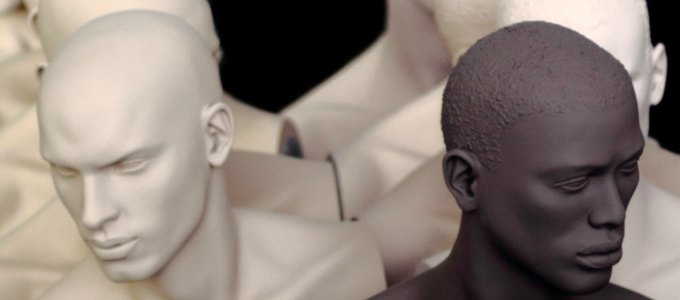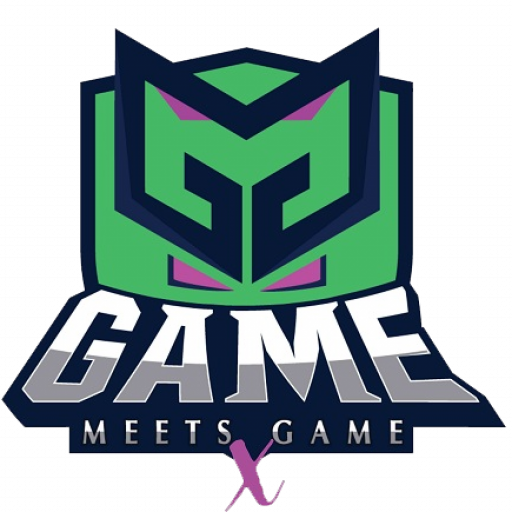
Are You Developing Different Leaders?
Leadership is not stagnant. To develop the best leaders within your organization, you need to cultivate a range of different perspectives and experiences. The ideal leader is not only innovative and business-savvy but also adaptable and culturally aware.
As an organization, it is important to embrace diversity to have the best leadership possible. Diversity will facilitate a balance of perspectives that will help to move your organization forward. In a recent white paper, “21st Century Global Leadership: Global Black Leaders Speak,” the Executive Leadership Council discussed some of the benefits and challenges to making leadership diverse. CEO Ronald Parker said, “We hope the findings from this report will help to identify tangible solutions for closing the gap for black executive leadership and ensure the diversity representation needed for companies to compete in today’s global marketplace.” Below you’ll find some key takeaways from the paper.
A new leadership profile for the modern world: Only a few decades ago, organizations were happy to maintain a homogenous executive group where all members had similar backgrounds, experiences, ages, races and the same gender. This led to groupthink, with predictable and consistent ideas. Today, that predictability can hold you back. To gain a competitive advantage, you need new and innovative ideas, and the best way to achieve that is to incorporate diverse perspectives into your executive team. As your organization develops its leadership, keep in mind that your goal isn’t to maintain the status quo. Look for growing leaders with fresh perspectives and new ideas. Pay attention to diversity in terms of race, gender, background and more. You’ll also need to create an environment in which new ideas are welcome. This means your top leadership team must not only be innovative but also inclusive.
The advantage of cultural adaptation and leadership: When you cultivate a more diverse leadership team, you’ll include more members of underrepresented minority groups on your executive staff. Minority leaders have more to contribute than simply diversifying perspectives; in addition to their own individual skills, minority group members typically excel at cultural adaptability. For example, a female Asian-American leader probably learned how to navigate between multiple cultures growing up, as she participated in mainstream American culture and her Asian heritage. This cultural adaptability is a great skill as an organizational leader. A leader who identifies with a minority culture is more likely to be sensitive to, connect more easily with, and adapt quickly to other cultures. Diverse leaders can more readily empathize with people from other cultures and build strong relationships with them. If your organization has a global focus, this is an enormous benefit in a leader.
You want leaders to be adept at working with people from all different backgrounds. There are a number of actions you can take to develop a diverse leadership team. One, of course, is to recruit from a diverse pool. When you hire a new leader, take an active approach to diversity. This may mean setting hiring targets or ensuring that you create a diverse pool of applicants for top positions.
There are also steps you can take to build diversity from the ground up. You need to make sure that individuals with diverse backgrounds have the room and support necessary to grow within your organization. Too often, minority employees are placed into staff positions in which they do not have room for growth. When possible, make sure diverse candidates are placed into line positions from which they can move into management.
Also, make sure that you offer diverse leaders assignments that take advantage of their leadership abilities. In particular, work to provide your diverse executives with global assignments. This will enable developing leaders to put their cultural adaptability to use representing the company and building their international leadership skills. By taking these steps, you can build a diverse group of top leaders and strengthen your organization as a global leader in your industry.
Monica P. Hawkins is CEO of PPDG and is an adviser to Fortune 1000 C-suite executives across the globe, focusing on alignment of business objectives with talent management systems and learning agendas.

